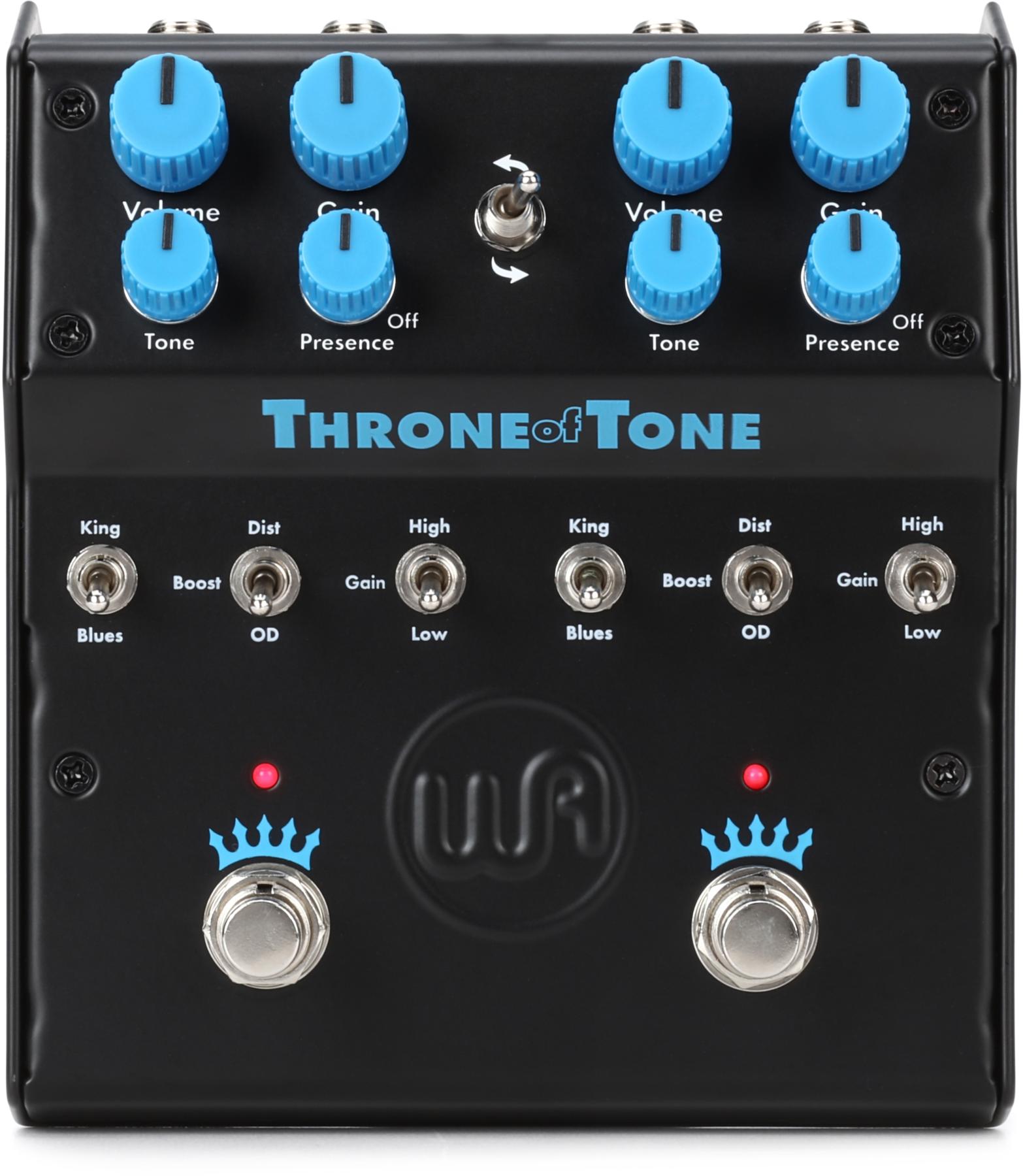First Look: JHS PG-14 Paul Gilbert Signature Distortion
Unleash Paul Gilbert's distortion tones—from smooth to super-saturated—with this signature stomp.
By Nikos ArvanitisMar 23, 2020
Nikos Arvanitis
Nikos Arvanitis is based in Athens Greece. His degree in statistics wasn’t enough to keep him from pursuing a career in abusing guitars and trying to fit too many pedals on a medium-sized board. Apart from participating in a number of musical projects and working as a session guitarist, he spends most of his free time wearing boxing gloves and receiving therapy from his dogs.








![Rig Rundown: Russian Circles’ Mike Sullivan [2025]](https://www.premierguitar.com/media-library/youtube.jpg?id=62303631&width=1245&height=700&quality=70&coordinates=0%2C0%2C0%2C0)


























